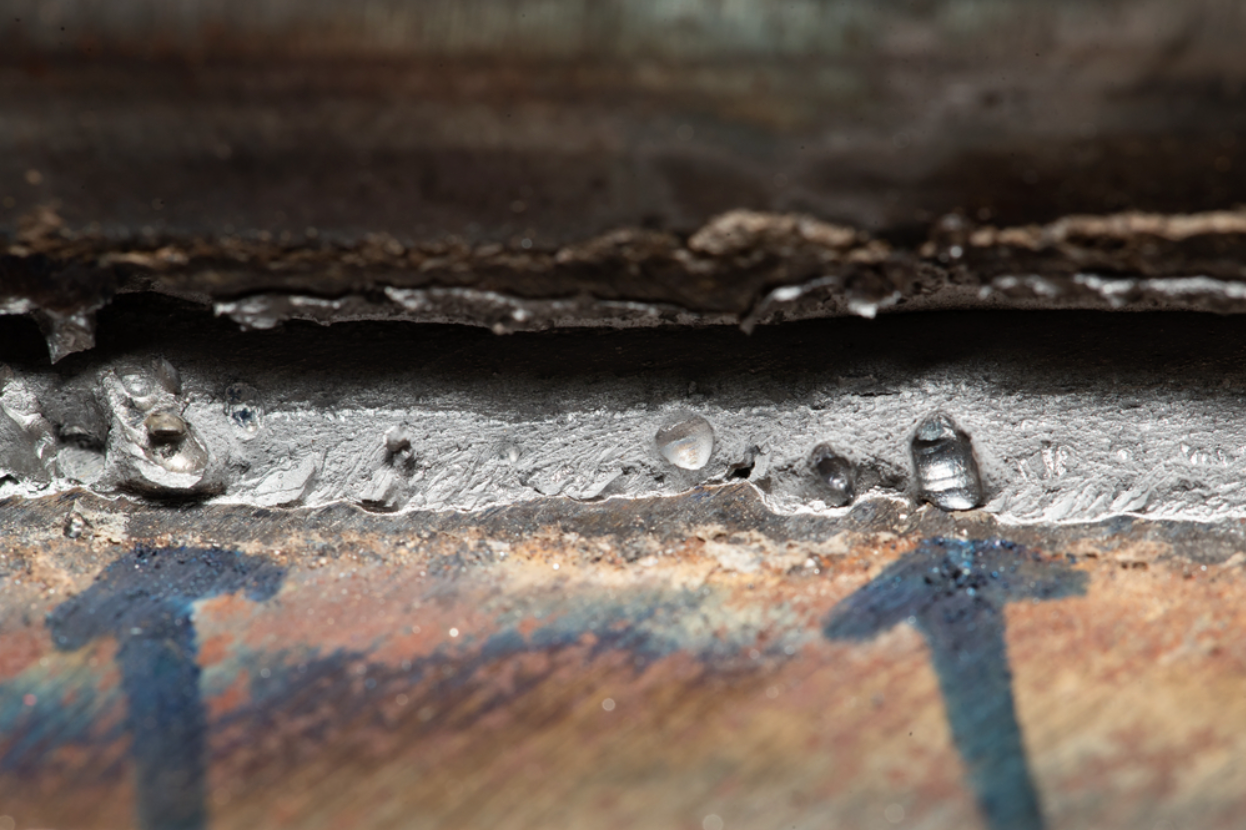Step-by-Step Overview to Preventing Weld Undercut in Different Metals
Step-by-Step Overview to Preventing Weld Undercut in Different Metals
Blog Article
A Comprehensive Overview to Identifying, Averting, and Mending Undercut Welding Issues in Your Welding Tasks
In the realm of welding, encountering undercut problems is an usual obstacle that can compromise the architectural honesty and total top quality of your welding projects. Comprehending the origin behind undercut welding, having the ability to accurately detect it in your welds, and applying effective preventative steps are important skills for any welder. In addition, having the expertise and strategies to correct undercut troubles when they do occur can make a considerable distinction in the final end result of your welding undertakings. Keep tuned as we check out the essential components of recognizing, avoiding, and fixing undercut welding problems, supplying you with beneficial insights and techniques to raise your welding skills to the following degree.
Typical Reasons For Undercut Welding
Undercut welding, a common problem in welding processes, can be caused by various aspects that require to be meticulously identified and resolved to ensure the integrity of the weld joint. One of the key reasons of undercut welding is excessive warmth input.
One more typical root cause of undercut welding is improper welding strategy. Inadequate control of the welding torch or weapon, incorrect angle or distance between the lantern and the work surface, or inconsistent travel rate can all add to the formation of undercut. Furthermore, making use of the wrong welding consumables or electrode size for a particular joint configuration can bring about undercut problems. Determining these source and executing corrective steps is vital in stopping and correcting undercut welding issues in welding projects.
Identifying Undercut in Welds

To recognize undercut precisely, proper illumination and magnifying devices are important to evaluate the weld joint extensively. Making use of tools such as a welding scale or a magnifying glass can aid in identifying even the tiniest undercut blemishes. Additionally, running a finger or a fingernail along the weld joint can often expose undercut, as the surface area might really feel unequal or have a dip where the undercut exists.
Safety Nets for Undercut
Having a deep understanding of the root causes of undercut in welds enables the implementation of effective precautionary steps to preserve weld high quality and stability. One important preventative measure appertains weld joint prep work. Ensuring that the edges are tidy, without impurities, and effectively beveled can significantly lower the chance of undercut (Preventing weld undercut). Furthermore, picking the suitable welding parameters, such as voltage, present, and take a trip speed, is necessary. These setups ought to be optimized to avoid excessive warm input, which can bring about damage formation.

Strategies for Repairing Undercut

Increasing the welding present or reducing more info here the travel rate can assist fill in the undercut. Furthermore, transforming the welding strategy from a press to a drag or vice versa can additionally help decrease undercut.
One more method is to use a weaving motion while welding to make sure appropriate sidewall combination and fill in the undercut. By oscillating the welding arc back and forth within the weld joint, the welder can deposit more filler product right into the undercut areas, properly getting rid of the flaw.
In addition, grinding out the undercut and rewelding the joint can be a feasible remedy for more extreme undercut issues - Preventing weld undercut. This procedure involves removing the undercut area, preparing the base metal, and after that rewelding the joint with correct welding specifications and methods to prevent undercut from persisting

Professional Tips for Staying Clear Of Undercut
Making use of appropriate welding methods and maintaining control over essential welding parameters are crucial strategies for welders aiming to stop undercut in their weld joints. One specialist suggestion for preventing undercut is to ensure appropriate joint prep work. This involves cleaning the base steel extensively to remove any kind of contaminants that could bring about undercut development. Additionally, choosing the suitable welding process and filler steel for the specific application can aid prevent undercut. Welders ought to likewise pay very close attention to the welding existing and voltage setups, guaranteeing they are within the suggested range to stay clear of getting too hot and prospective undercut. Maintaining a constant travel speed during the welding procedure is an additional important tip to stop undercut. By moving at a consistent rate, welders can make sure proper fusion and minimize the probability of undercut development. Evaluating the weld bead after conclusion can help identify any signs of undercut early on, enabling for instant corrective action to be taken.
Conclusion
In final thought, identifying, preventing, and dealing with undercut welding problems in your welding projects is important for making sure resilient and solid welds. Preventing weld undercut. By recognizing the typical sources of undercut, being able to recognize it in welds, executing safety nets, and utilizing proper techniques for fixing undercut, you can prevent prospective problems and create high-grade welds. Following expert tips for avoiding undercut can aid you boost your welding abilities and look at this web-site generate much better cause your projects
Undercut welding, an usual problem in welding procedures, can be caused by various elements that require to be carefully recognized and addressed to make sure the stability of the look here weld joint. Additionally, running a finger or a finger nail along the weld joint can often disclose undercut, as the surface area may really feel uneven or have a dip where the undercut exists.
Utilizing correct welding strategies and keeping control over crucial welding specifications are important methods for welders aiming to stop undercut in their weld joints.In verdict, determining, preventing, and dealing with undercut welding troubles in your welding tasks is critical for making certain solid and durable welds. By recognizing the usual reasons of undercut, being able to recognize it in welds, implementing preventive actions, and utilizing appropriate techniques for taking care of undercut, you can prevent possible concerns and produce high-quality welds.
Report this page